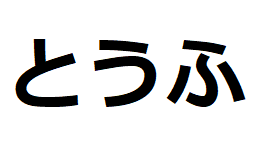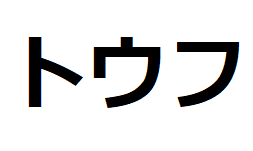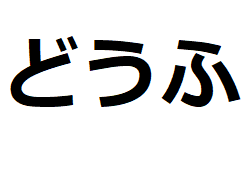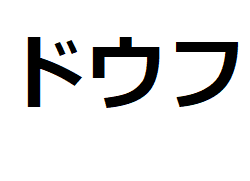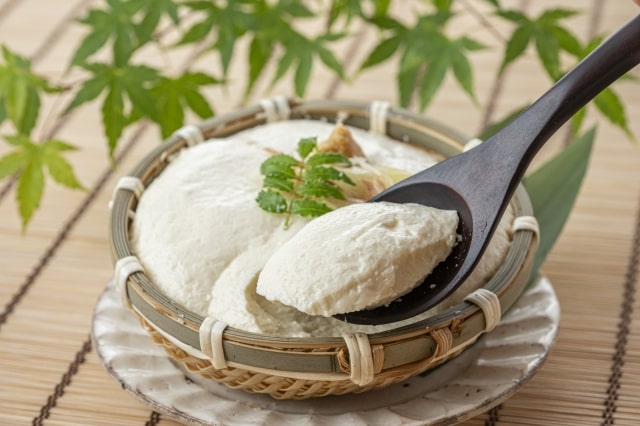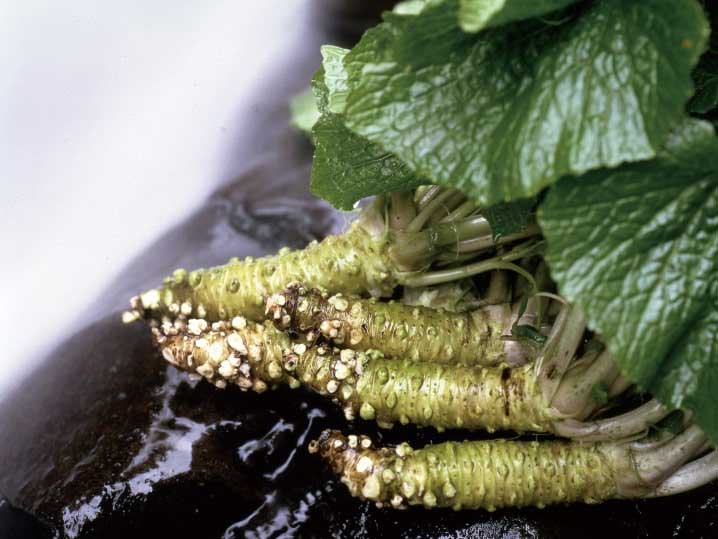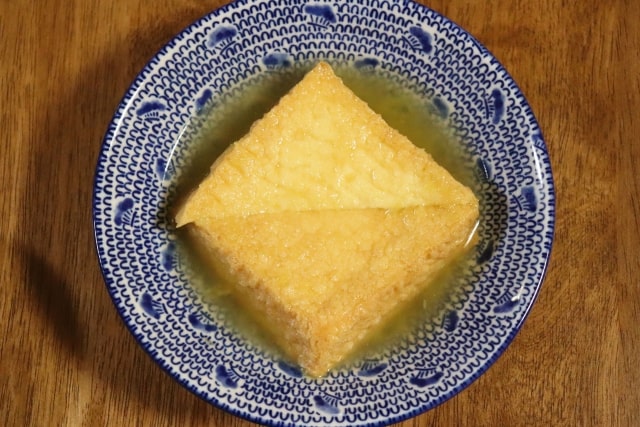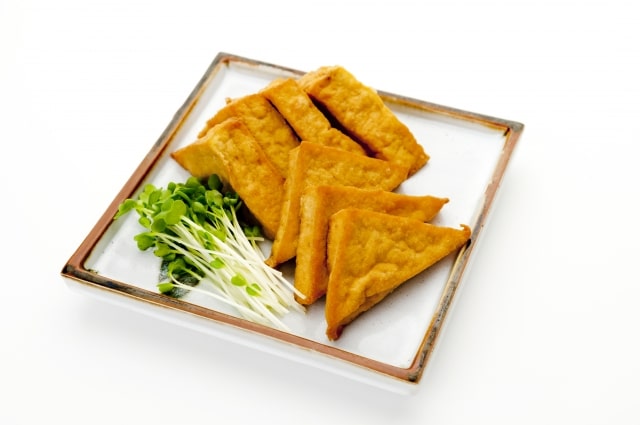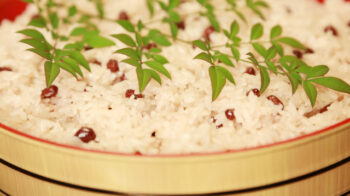Recipe (Tofu)
Welcome to Recipe (Tofu).
Tofu is also called soybean curd.
Although we can easily get Tofu at any type of supermarket all over Japan, it is still popular to make it at home.
Because it is much more delicious than commercially available Tofu.
So, let’s try.
Even if you don’t have enough time or ingredients actually to make, it is always interesting to know how to make traditional foods, isn’t it?
Below is the contents of this page.
1) Let’s prepare soy milk
- Soak soybeans (200g) in water (500 cc) to soften
- Grind the above 1) to make puree
- Put the raw puree in a cotton bag and squeeze it in a pot. The squeezed liquid is soy milk.
2) Let’s solidify the soy milk.
- Pour the soy milk in a pot and add water (500cc)
- Place the pot on the high heat and stir it with a wooden spoon to prevent burning. When starting bubble, reduce the heat to low and simmer for about 8 minutes, stirring with a wooden spoon.
- If it isn’t divided into a solid part and a clear yellow water, add coagulating agent (1 spoon) in the pot
- Cover it and leave it for a while
- Spread cotton in a wet wooden box and gently put the above 4) in it
- Place the lid and weight stones to drain the water.
Recipe 2: Age-dashi Tofu
Second recipe is Age-dashi.
Age-dashi is a dish with tofu deep-fried and served in hot broth, Dashi.
Not limited to the soup, we use Dashi quite often in our daily cooking.
- drain the tofu enough.
- coat it with potato starch
- deep-fry it in oil
- prepare hot dashi soup (thicker than soup for noodles) in a container.
- put the deep fried Tofu in it.
To make dashi, visit here⇒ Japanese Umami
- Agedashi Tofu is also pronounced as Agedashi Dofu.
Just like Amasake and Amazake, the difference is caused only by the preference in pronunciation.
Generally speaking, we prefer the pronunciation of Agedashi Dofu in our daily life.
But I use Agedashi Tofu here, because the relationship with Tofu becomes more clear.
Fried Tofu (Atsuage)
Fried Tofu called Atsuage is also very popular in Japan.
As its English name shows, we make Atsuage by frying solid tofu.
Generally, it’s much harder than Agedashi.
Unlike Agedashi, home made Atsuage is not so common.
Because it’s difficult to get the Tofu with enough solidness to make Atsuage. Therefore, we usually buy them at stores, instead of making them for ourselves.
Grilling, stir-frying, stewing with other ingredients, we cook Atsuage in various ways.
Kanji and Kana
1. Kanji
To learn Kanji (Chinese characters) is always interesting and beneficial to understand what the word means.
Through Kanji, we can virtually grasp not only the meaning of the word, but also the background it was born in.
Kanji for Tofu is 豆腐.
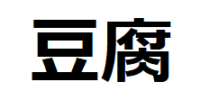
Firstly, 豆 (to).
豆 indicates a sacred container used to dedicate agricultural produces to gods.
General pronunciation for 豆 is ma-mé, whereas for 大豆, we pronounce 豆 as “zu”.
To sum up, there are three pronunciations for 豆: 1) ma-mé, 2) zu, 3) to(u) and 豆腐 adopts the pronunciation 3) to(u).
As you know, Natt0 納豆 also uses this pronunciation.

Secondly, 腐(fu).
腐 means go bad. But in the past, it was also used for something tender and jiggly, as is often the case with rotten foods.
Therefore, as mentioned above, although Tofu is not rotten food, they selected the Kanji 豆腐 to describe its softness.
2) Kana
There are two phonograms (kana) in Japanese: 1) Hiragana and 2) Katakana.
According to the most supported theory, both of them were formed by adopting one element of a Kanji character with similar sounding.
Originally, Hiragana were only for women. But today, it has by far the wider usage.
Talking of 2) Katakana, we use it mainly for foreign origin words.
Incidentally, there are 46 characters in both Hiragana and Katakana systems.
As for Tofu, Hiragana is とうふ and Katakana is トウフ.
On the other hand, as for Dofu, Hiragana is どうふ and Katakana is ドウフ.
By adding ゛to Kana, it change its sound from to to do.
